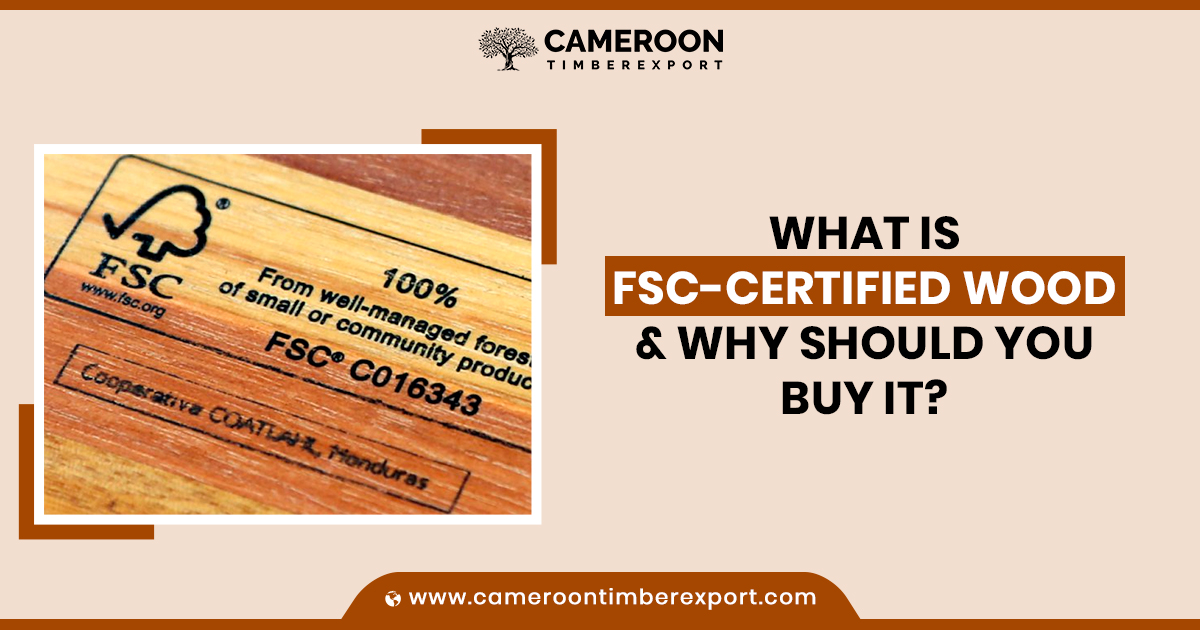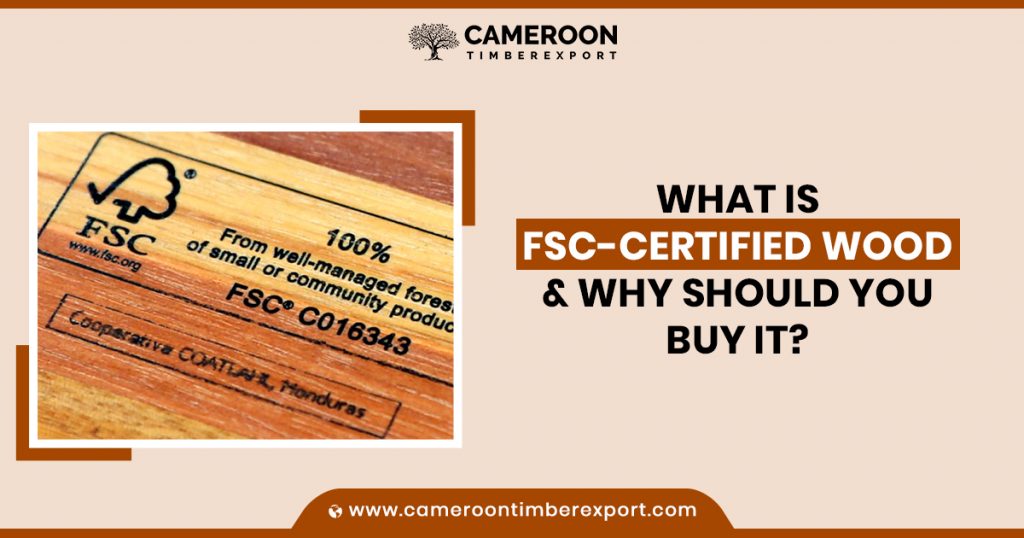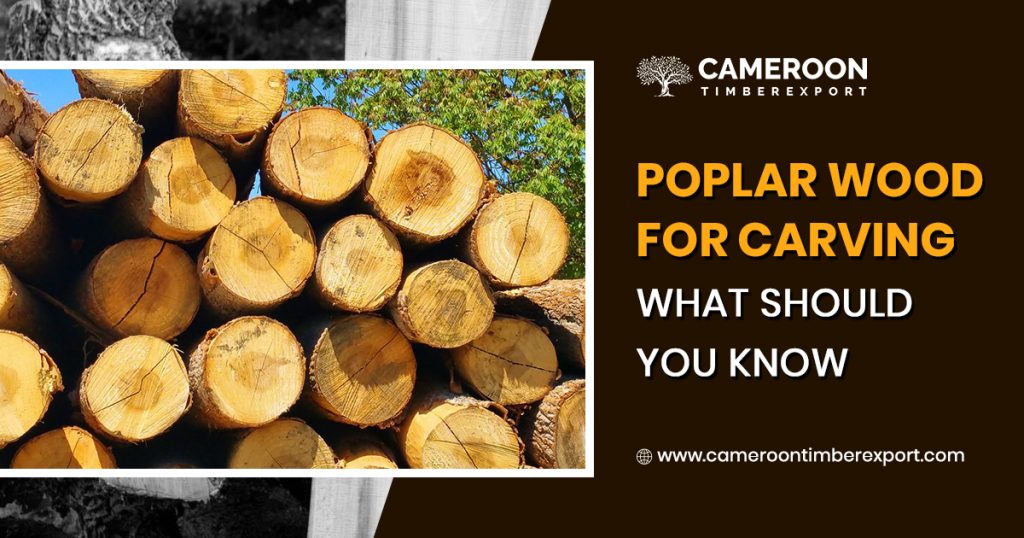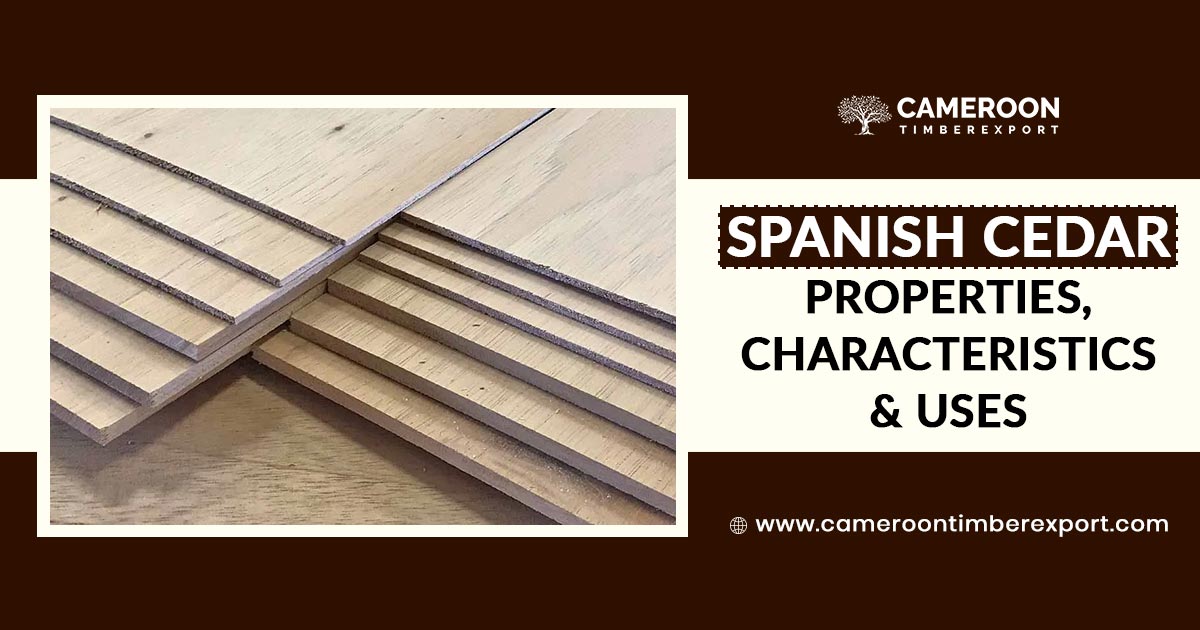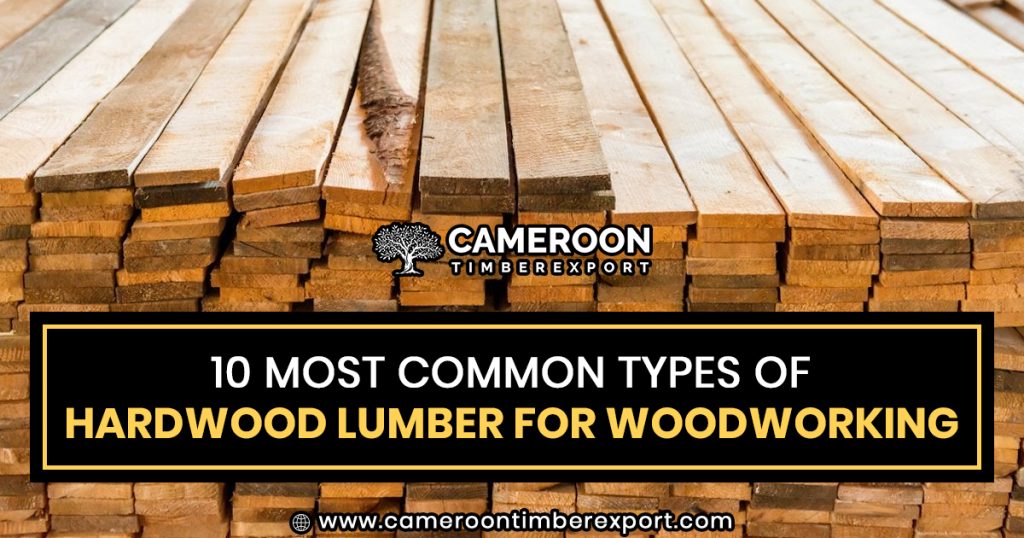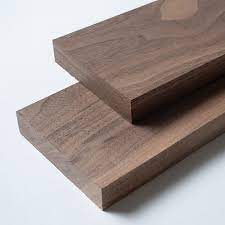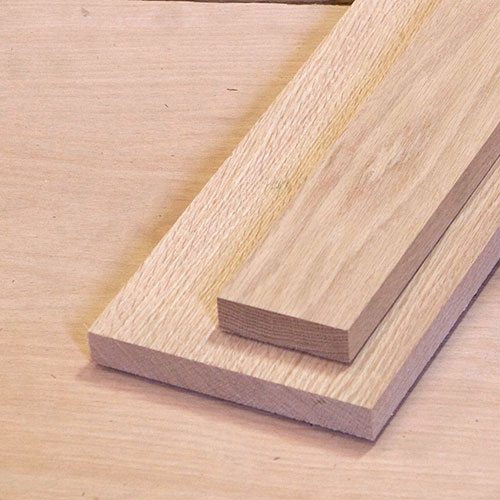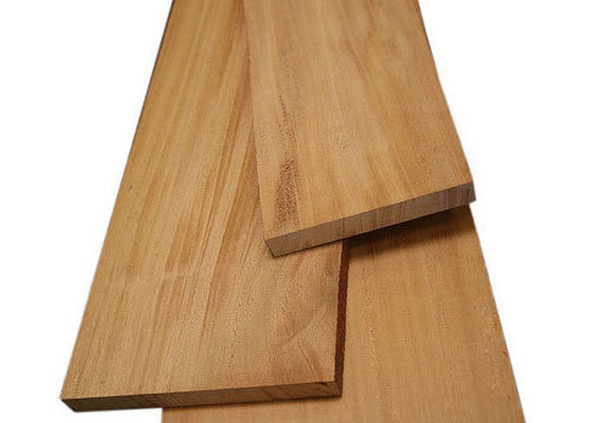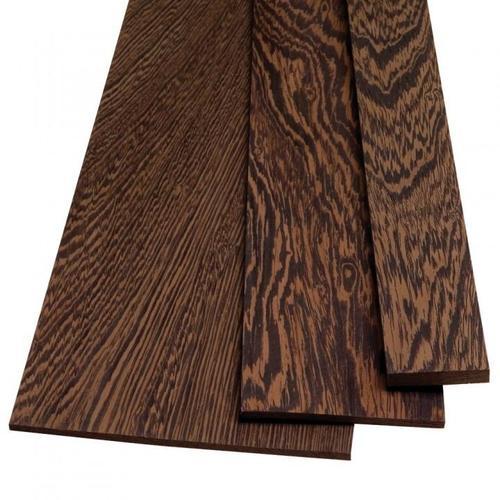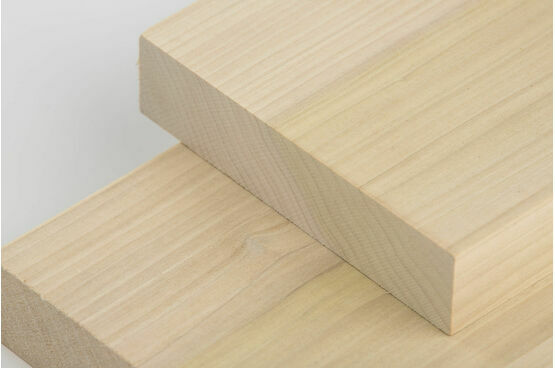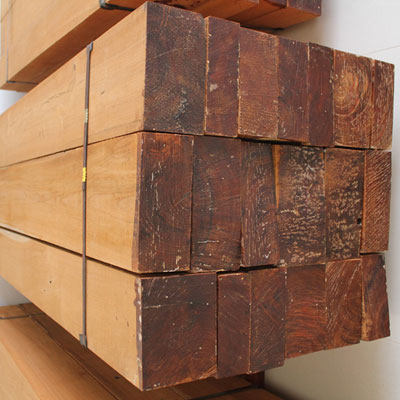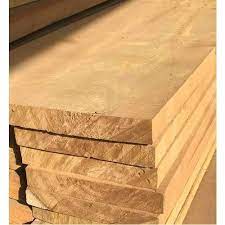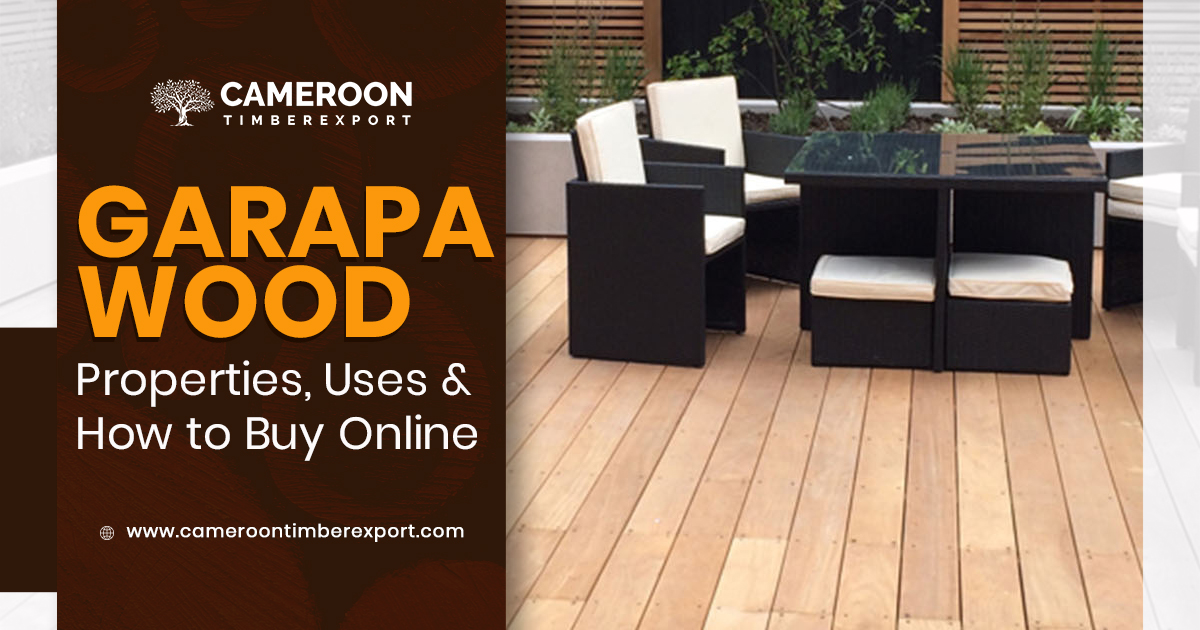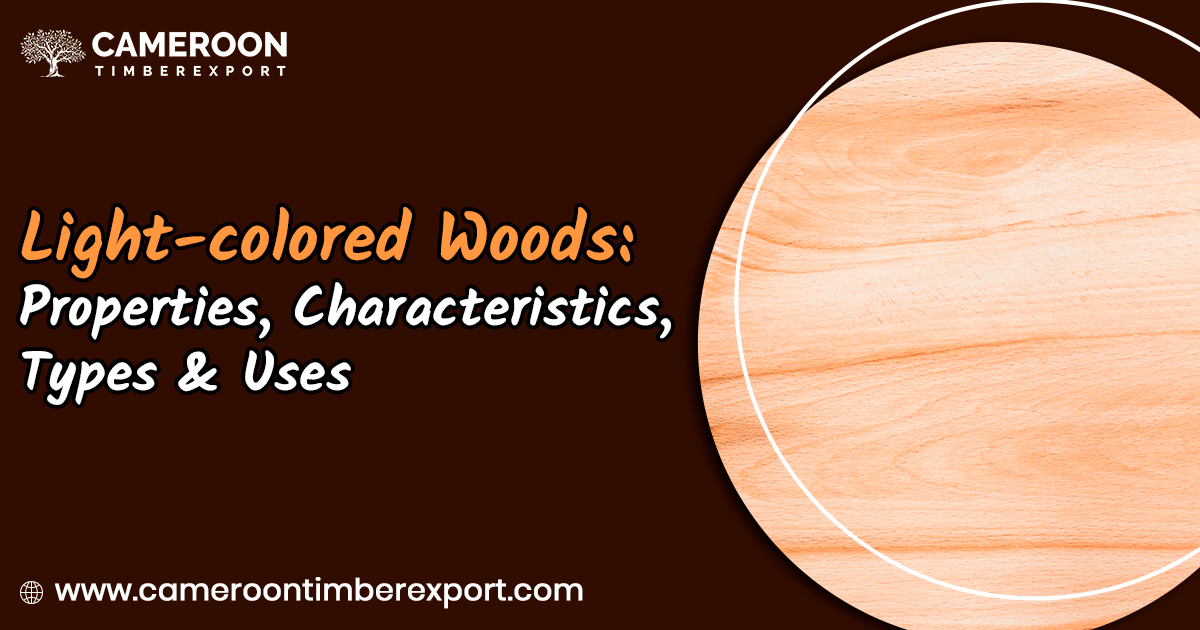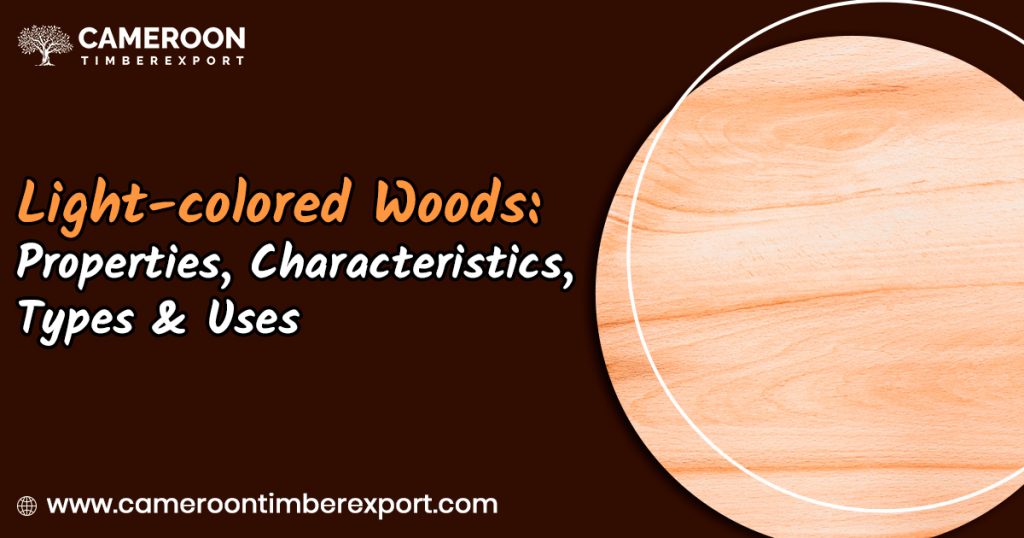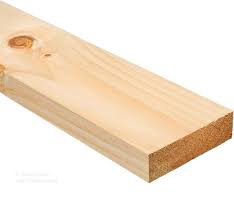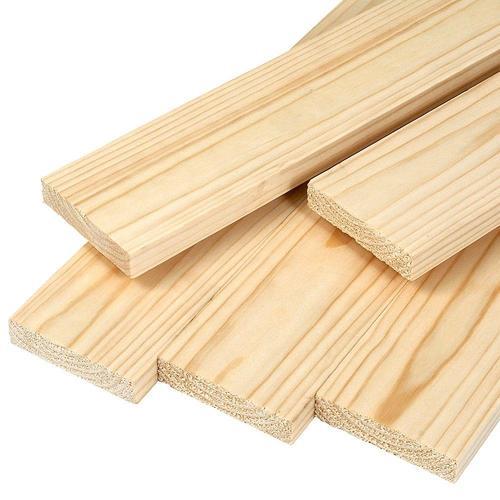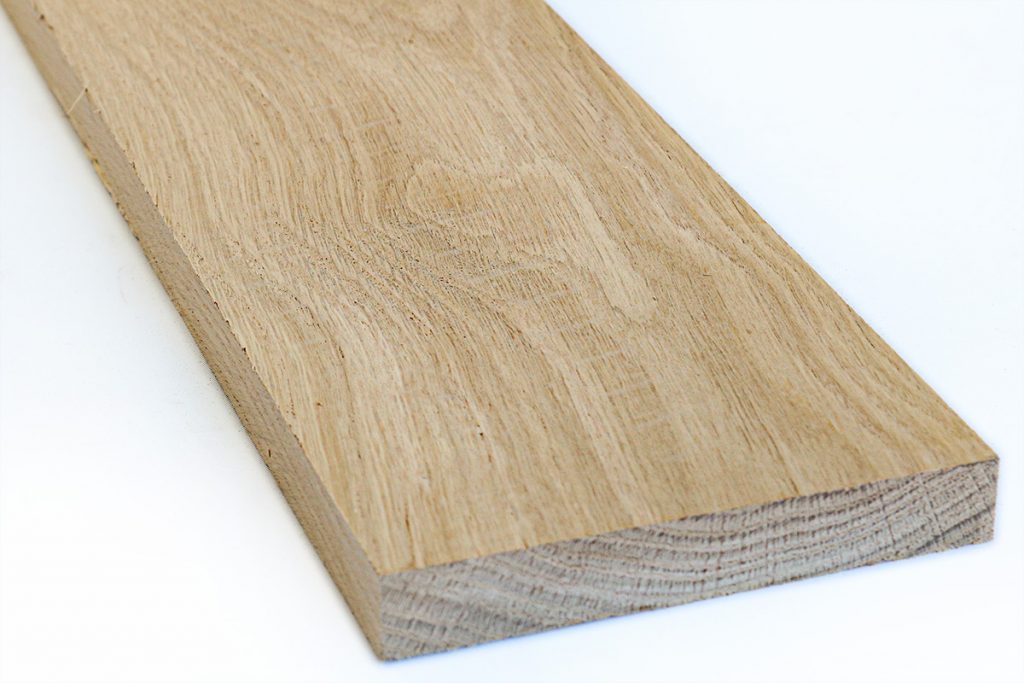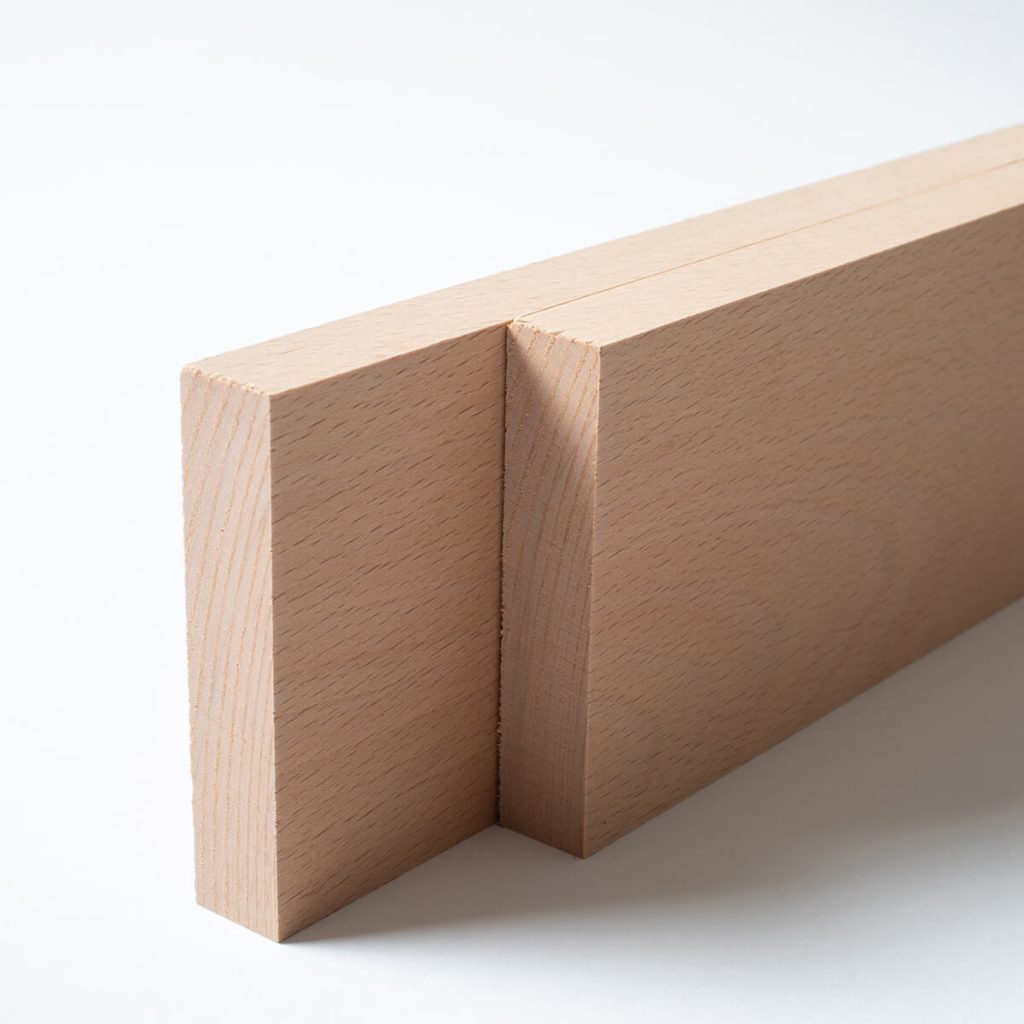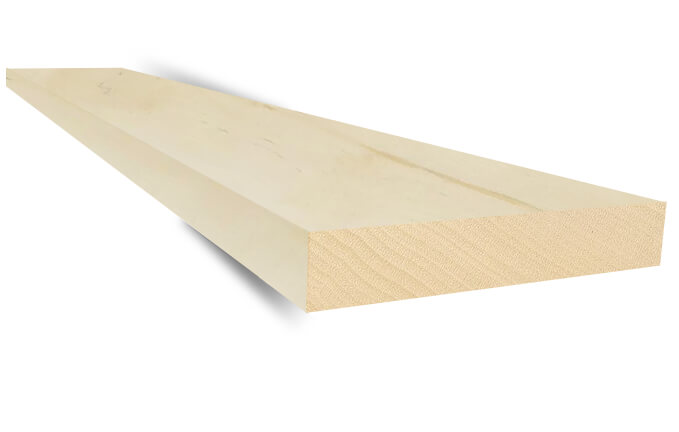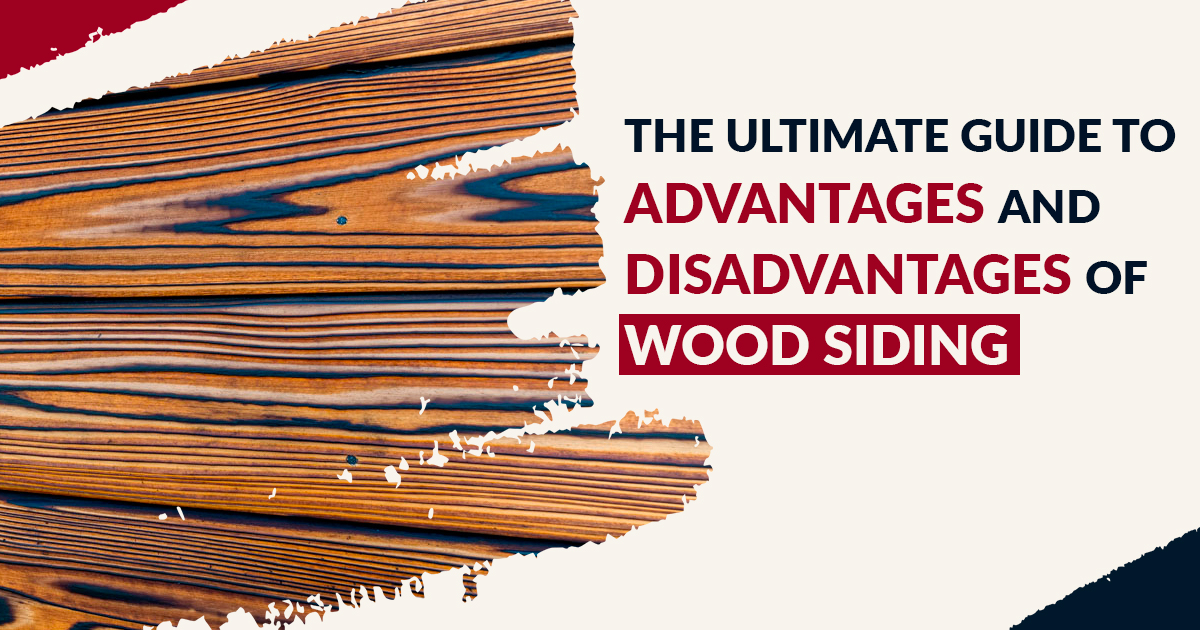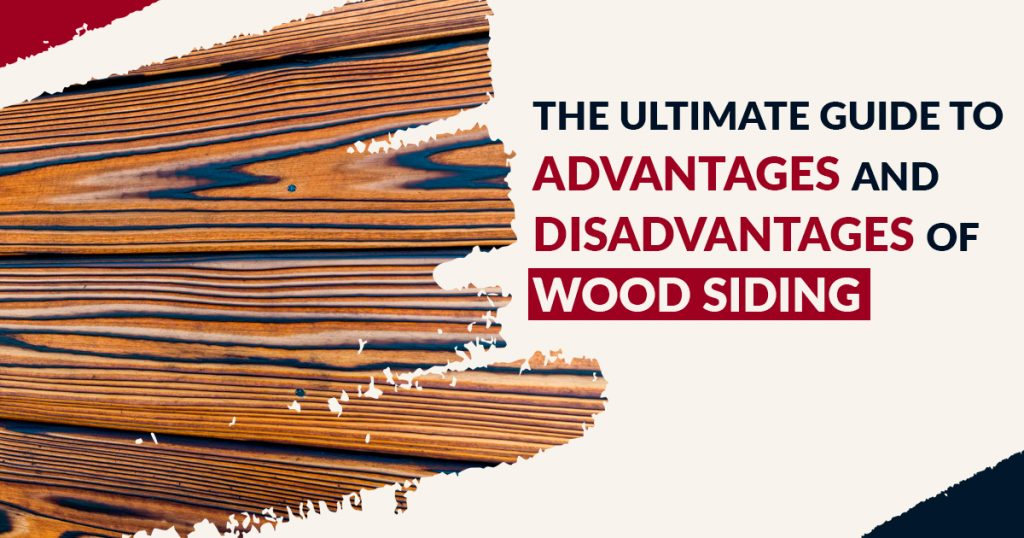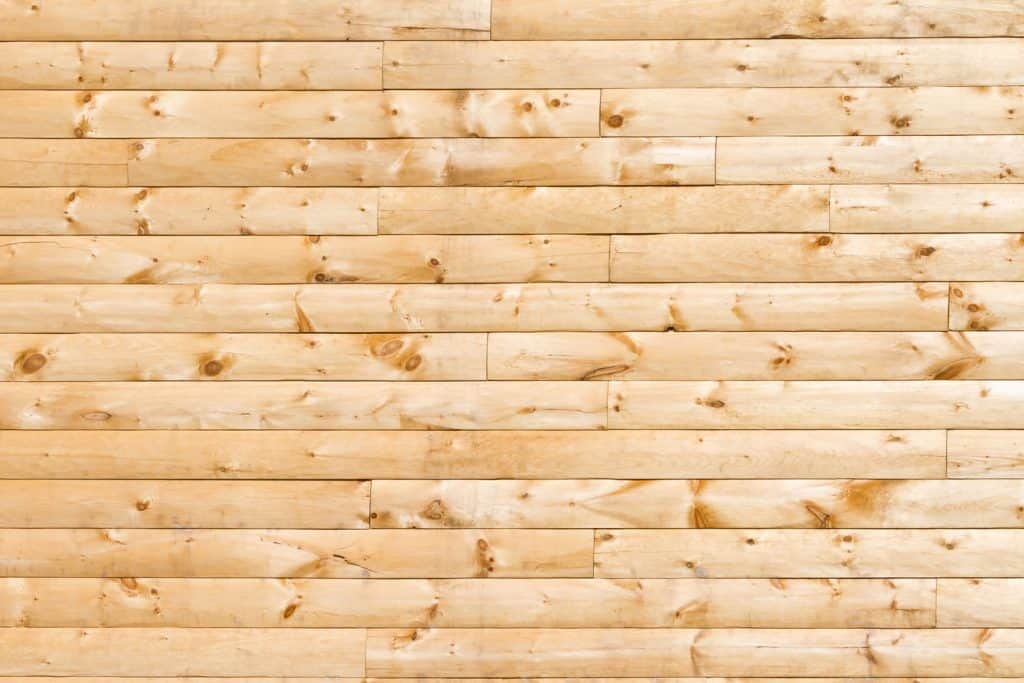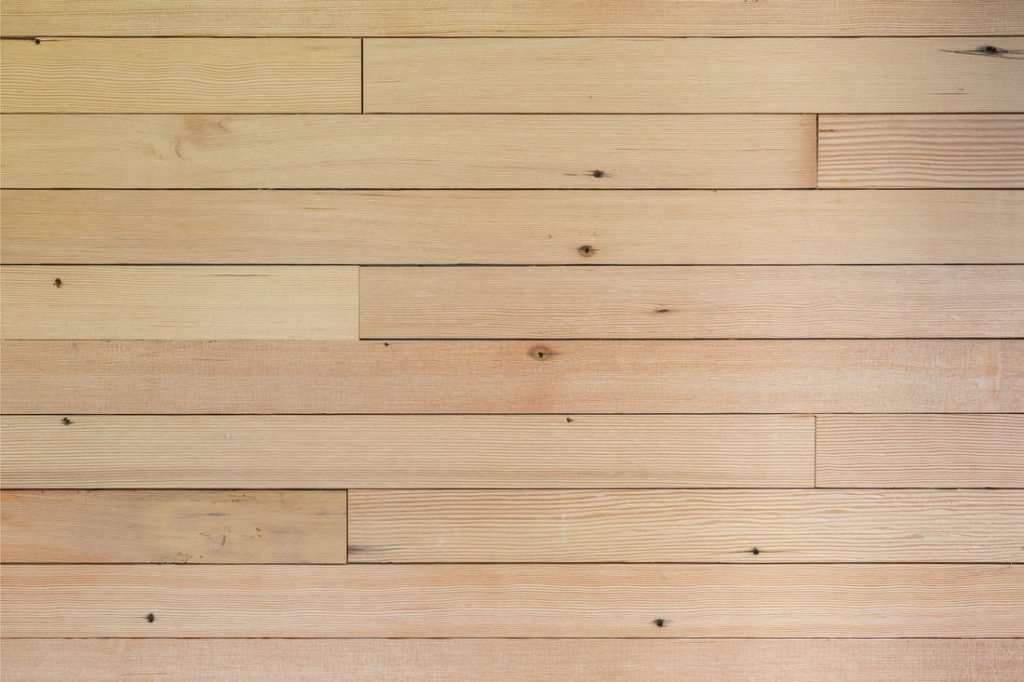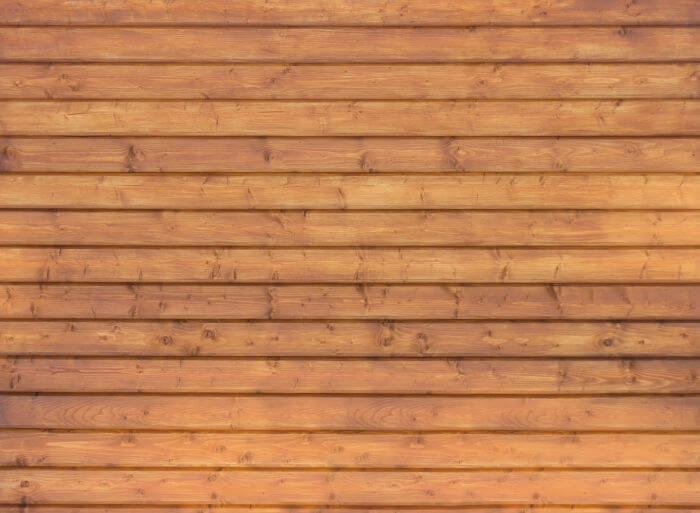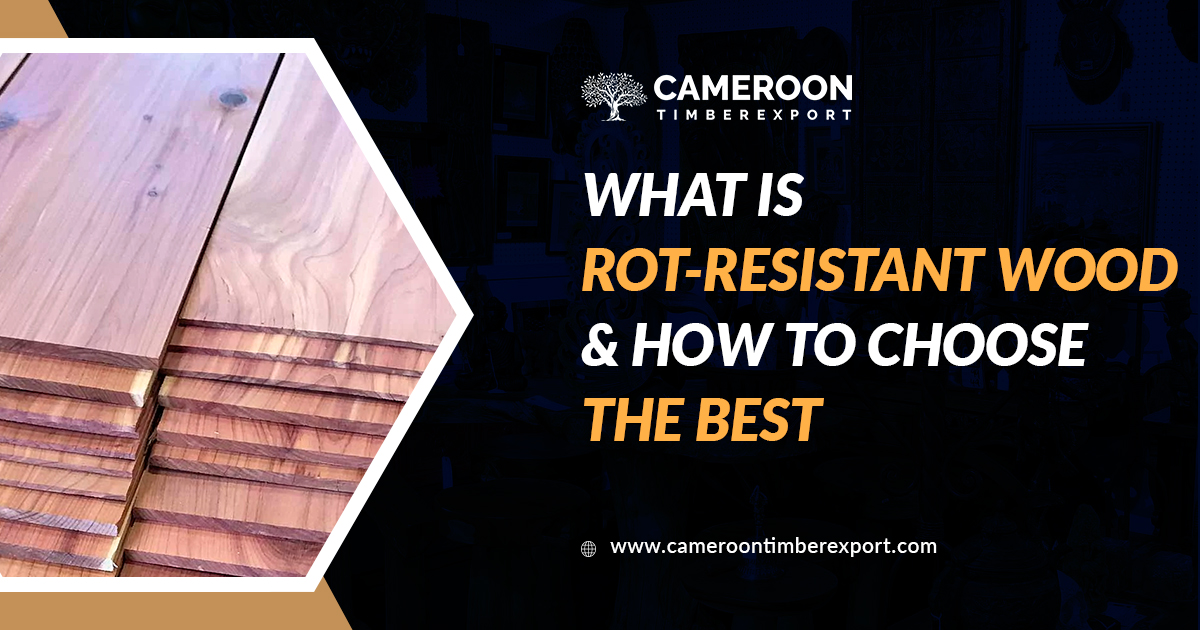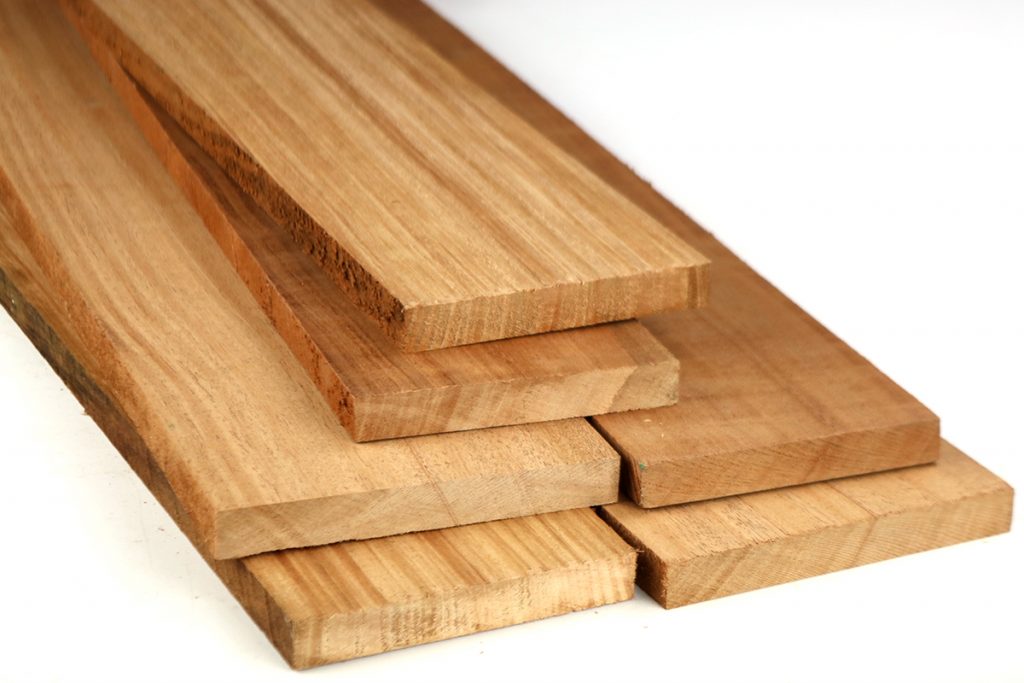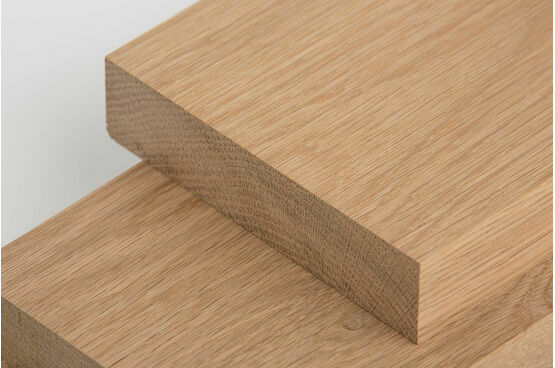FSC stands for Forest Stewardship Council and is a very important parameter in analysing the quality and authenticity of wood.
At CameroonTimberExportSARL, we only sell and deal in FSC Certified wood and work in accordance with both regional and international laws to make available the best quality sustainable hardwood to you at your doorstep.
So, what exactly is Forest Stewardship Council or FSC?
FSC, as mentioned earlier, stands for Forest Stewardship Council, which is an international nonprofit organization that manages the world’s forests and is considered an accredited authority in sustainable forestry. The organization is supported and endorsed by top countries and many leading NGOs. It is where you go to check whether a wood manufacturer/dealer is engaged in sustainable forestry.
Why Does FSC Matter?
FSC is important for every woodworker, wood manufacturer, dealer, seller and customer as this is one of the leading authorities in the sustainable forestry industry. The organization has, for a long time, been engaged in protecting world forests through laws and rules pertaining to sustainable wood harvesting and production.
FSC provides certification based on whether a particular piece of wood is sustainably harvested or not. FSC certification is considered the best way to identify sustainable wood and is recognized by wood traders in many countries around the world.
Because of the depleting concentration of valuable timber forests around the globe and to preserve the beauty and sustainability of wildlife, the FSC is determined to purify the timber trade to identify and remove illegal forest harvesting activities. They are working hard to make sure that forests are used and managed in a sustainable manner such that future generations can keep benefitting from them for a very long time.
One of the things that the FSC does is identify and class timber species in terms of demand and availability. Some of the extremely popular woods that are very high in demand but have limited supply may be categorised as endangered or restricted by FSC to prevent their further exploitation.
To sum up, FSC protects forests and makes sure that the world’s forest areas are sustainably managed through partnerships with many global companies and governments.
What is FSC Certified Wood? Why Should You Buy it?
So, FSC certifies wood and forests and assigns them classes based on different parameters such as availability, demand, etc. FSC Certified wood is considered the best in terms of sustainability and environmental safety. This is because the wood comes through proper authorities and is harvested in a legal manner. This is why it is important to look for FSC certification when purchasing wood from any online/offline resources.
FSC certification is granted on basis of a number of parameters or standards, which include:
- Comply with all applicable laws and regulations in the country of harvest.
- Enhance the quality of life of workers.
- Identify and uphold Indigenous Peoples’ rights.
- Enhance the quality of life of local communities.
- Manage the products and services of the Management Unit.
- Maintain, conserve, or restore ecosystem services and environmental value.
- Have a management plan consistent with its policies and objectives.
- Monitoring and evaluation of the impacts of management activities to implement adaptive management.
- Maintain or enhance the High Conservation Values in the Management Unit.
But Why Should You Care?
Wood has always been in high demand because of its high usability and many significant properties. But, the world’s forests are limited, especially wood species that are highly usable and popular. Though FSC assigns certification to sustainably harvested forests, there are many people involved in the illegal harvesting and trading of wood, which is a big problem for everyone, including wood dealers and buyers. The illegally harvested wood is not only of poor quality but has a significantly bad impact on the environment because it is harvested in bad ways to boost fast growth without care about core properties like strength and durability.
So, you should only and always buy FSC certified wood because it is the best quality certification for wood and ensures that the wood is sustainably harvested and no harm to the environment or wildlife was caused due to its harvesting.
Where to buy FSC Certified Wood?
If you are looking for the best place to buy FSC certified hardwoods, visit the official website of cameroontimberexportsarl. It’s a 30+ years old company and timber mill located in Cameroon that deals in a vast range of sustainably harvested hardwood species. They have more than 40 varieties of timber and wood logs and supply wood to all major locations in Europe, Asia, North America, Saudi Arabia, Australia, Canada, South America, and Africa.

